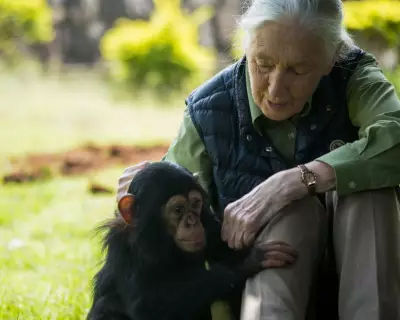
In the shadow of Kenya's rapidly expanding towns, a silent battle for survival is unfolding. The very landscapes that have sustained elephant populations for centuries are being carved up by concrete and construction, creating an existential threat to these majestic creatures.
The Great Squeeze: When Urban Growth Meets Ancient Pathways
Southern Kenya, once a vast network of interconnected wilderness, is becoming increasingly fragmented. Towns like Kajiado are expanding at an alarming rate, transforming traditional elephant migration routes into impassable barriers of human development.
The statistics paint a worrying picture: satellite imagery reveals how urban areas have mushroomed, creating what conservationists describe as a "concrete wall" that elephants cannot penetrate. These intelligent animals, who have followed the same seasonal movements for generations, now find their ancient highways blocked.
A Landscape Transformed Beyond Recognition
What was once open rangeland and crucial wildlife corridors has become a patchwork of settlements, commercial buildings, and infrastructure. The changes are happening so rapidly that elephants simply cannot adapt quickly enough to survive.
Researchers monitoring the situation report increasing incidents of human-elephant conflict as the animals, confused and displaced, venture into farms and settlements in search of food and water. The consequences are often tragic for both humans and elephants.
The Domino Effect: Beyond Just Elephants
While elephants serve as the most visible victims of this habitat fragmentation, they represent just one piece of a much larger ecological crisis. The disruption of elephant movements affects entire ecosystems, as these "ecosystem engineers" play a crucial role in maintaining biodiversity.
- Seed dispersal patterns are disrupted
- Water sources become inaccessible to multiple species
- Predator-prey relationships are thrown into imbalance
- Soil quality and vegetation patterns change
Is There Hope on the Horizon?
Conservation groups and some forward-thinking planners are exploring solutions, including designated wildlife corridors and better urban planning. However, these efforts face significant challenges against the tide of economic development and population growth.
The situation in Kenya serves as a stark warning about the global challenge of balancing human development with wildlife conservation. As one researcher poignantly noted, "When elephants lose their freedom to roam, we all lose something precious from our natural heritage."
The clock is ticking for Kenya's elephants, and the choices made today will determine whether these magnificent animals will continue to grace the African landscape for generations to come.





